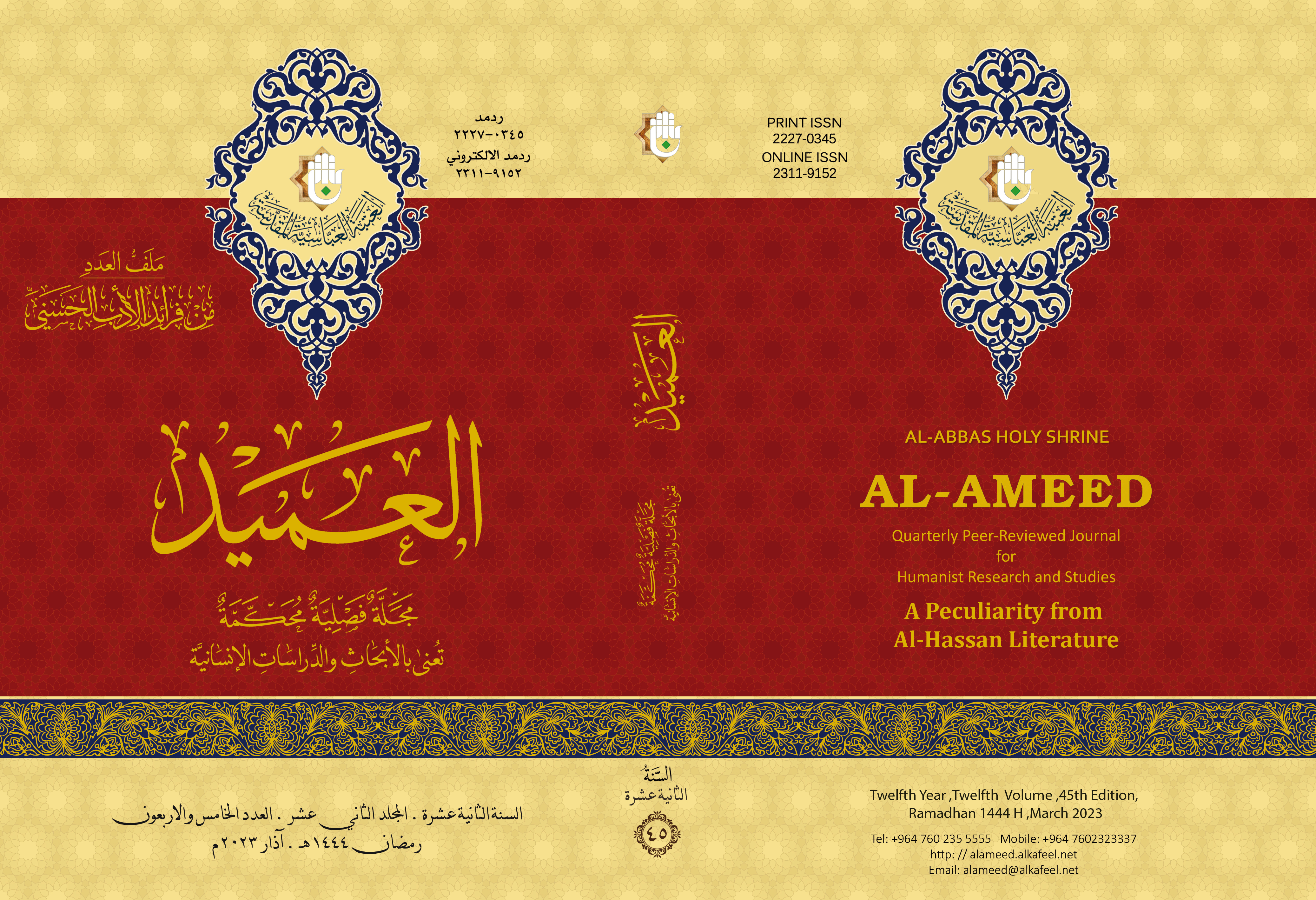المناخ وأثره على المقنن المائي وفق طريقتي الري (التقليدية والحديثة) لمحصول القمح في محافظة كربلاء
DOI:
https://doi.org/10.55568/amd.v12i45.171-196الكلمات المفتاحية:
المناخ، المقنن المائي، الري بالرشالملخص
تناول البحث تأثير العناصر المناخية في الاحتياجات المائية (المقنن المائي) لمحصول القمح، وتبين أن خط الاتجاه العام للعناصر المناخية يسير نحو الارتفاع في موسم زراعة محصول القمح متمثلاً بـ(الاشعاع الشمسي الفعلي، درجات الحرارة، سرعة الرياح) ومن ثم تؤدي الى ارتفاع التبخر والتبخر– النتح، ومما يساعد على زيادة الاستهلاك المائي والمقنن المائي طريقتا الري السيحي والري بالرش في المنطقة، فضلاً عن الارتفاع في العجز المائي وكمية الامطار القليلة التي لا تلبي الاحتياجات المائية، وانعكس كل ذلك سلباً في تباين المقنن المائي الصافي وفق الطريقتين بحسب مراحل نمو محصول القمح إذ سجلت مرحلة الانبات بمقدار (76, 106.5 ملم) وكانت قليلة في هذه المرحلة الاولى من نمو المحصول بسبب التبخر من التربة فقط وبعدها اخذت بالارتفاع في مرحلة النمو والتزهير نحو(89.2 , 123.9 ملم) ومرحلة النضج بمقدار(142.4, 192.9 ملم) نتيجة التبخر من التربة والنتح من المحصول مما ساعد على زيادة في المفقود المائي، وهذا يوضح أن افضل طريقة للري (الري بالرش)، ومن خلال نموذج الانحدار الخطي المتعدد أجري اختبار (t,f) بمستوى معنوي (99٪)، فاتضح أن قيمة R2 للعوامل المناخية تكون اكثر تأثير في المتغير التابع في المنطقة بنسبة (99%).
التنزيلات
منشور
إصدار
القسم
الرخصة
الحقوق الفكرية (c) 2022 https://alameed.alameedcenter.iq/amd/index.php/ameed/copyright

هذا العمل مرخص بموجب Creative Commons Attribution-NonCommercial 4.0 International License.


